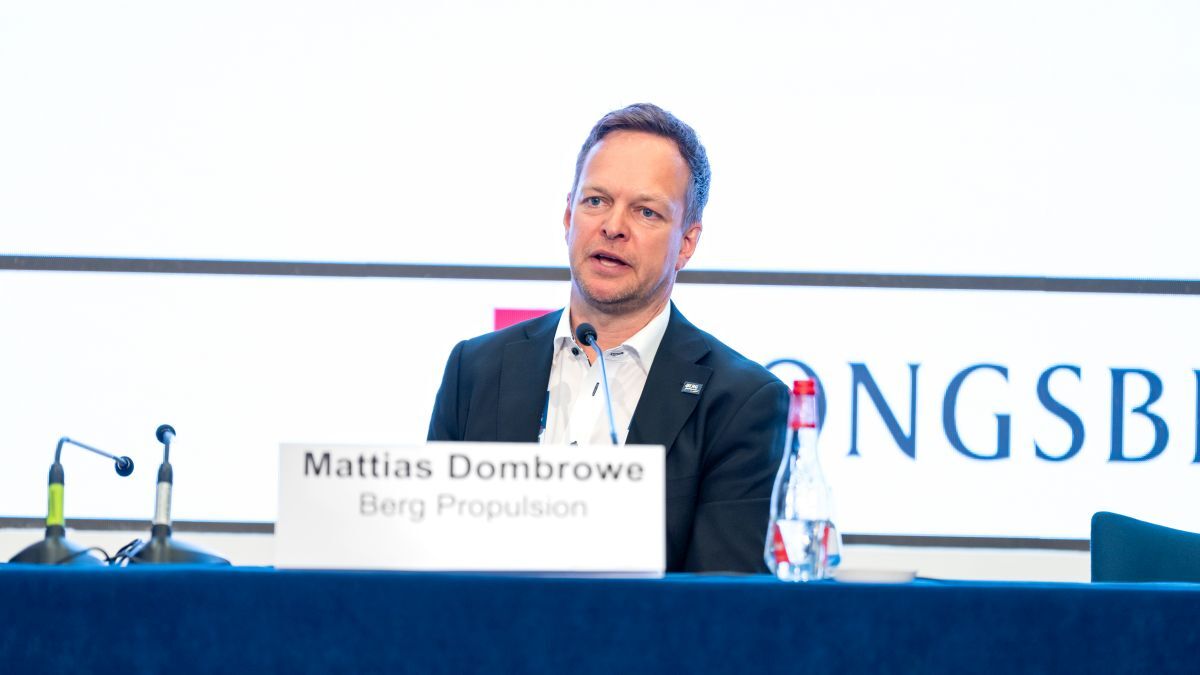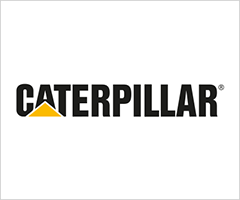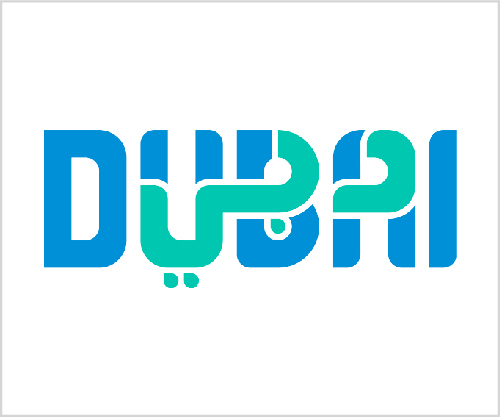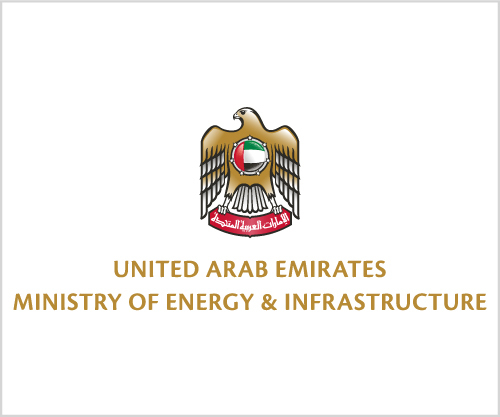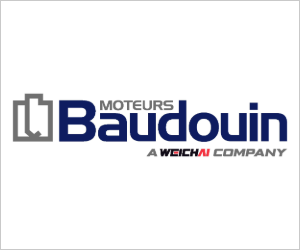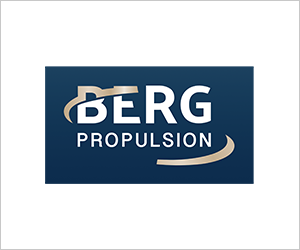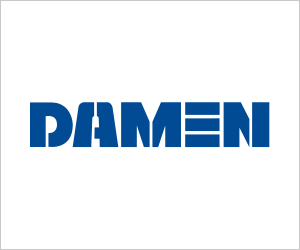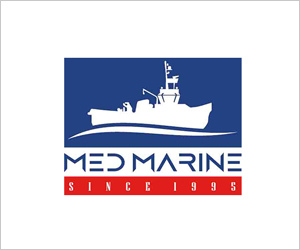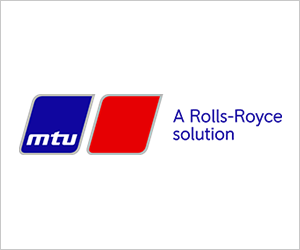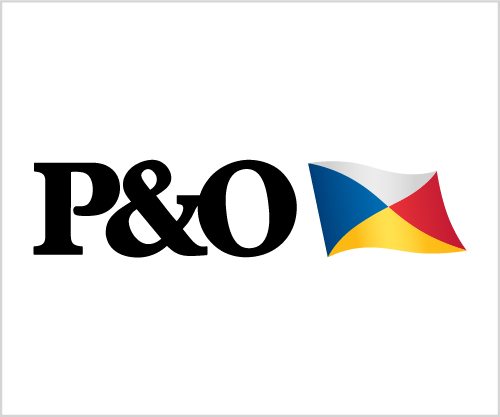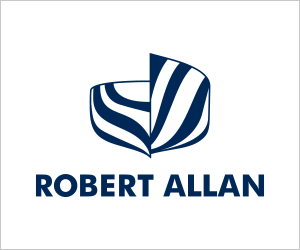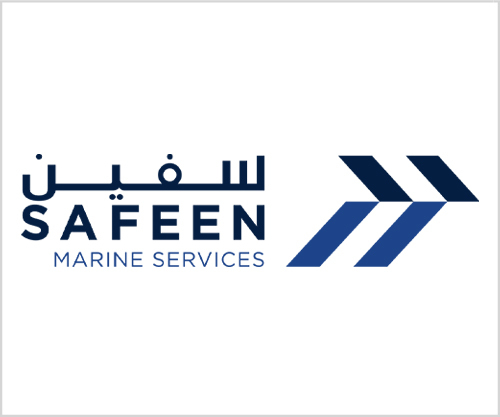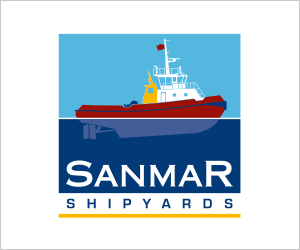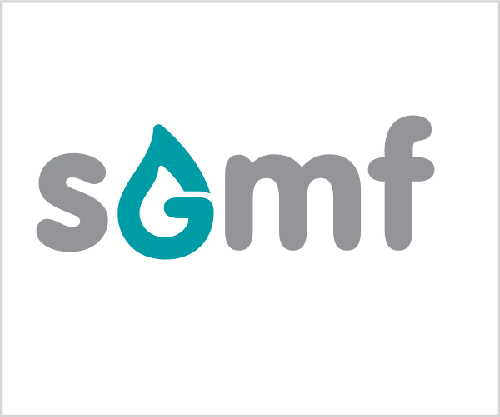Business Sectors
Events
Offshore Wind Webinar Week
Contents
Register to read more articles.
Tug design starts with the thrusters
An integrated propulsion system should be selected to fit the expected operating profile
A tugboat’s propulsion system design needs to start with the propellers, as thrusters have an important role in tugboat operations, providing power for top-speed transits and high bollard pull. The size of the propeller and bollard pull requirements will determine the power input to come from the integrated propulsion system and energy source.
Berg Propulsion business manager for electrical system integration Mattias Dombrowe says tug design begins with understanding the operational data and forecast profiles, enabling naval architects to design optimal propulsion systems involving energy storage and other power generators.
“The first step is to look at the operational profile, the port and get data on the hours waiting or on standby, time from the quayside to the assisted vessel, fuel consumption, distance of voyage and bollard pull needed,” he says.
Architects then look at overall requirements, including sustainability, crewing and operations, capex and opex. If costs are too high, they could consider lowering the rated power, fuel consumption and installing energy storage.
Next, automation and utilisation are considered. “Get an overview of the system, the power available, units used to generate power, look at performance analysis and the results,” says Mr Dombrowe. “If the requirements are wrong or the equipment selection is wrong, they will fail.”
With electrical propulsion systems, multiple modes involve different energy producers and sources driving the thrusters, such as batteries, generators, electric motors and main engines.
“Because of the flexibility of equipment available in the market, it means designers should start with the propeller as this sets the power requirement for the rest of the equipment,” says Mr Dombrowe.
It is not just about the electrical and mechanical systems though. Crew can change modes to use gensets and batteries instead of engines to reduce emissions, based on data from the automation and the engineroom. Mr Dombrowe says crew need to be fully trained on the integrated power system, operating modes and how to reduce fuel consumption.
Berg is providing control and propulsion technology for several newbuilding projects, with a growing orderbook. One of the most technical projects Berg is involved with is one of the largest hybrid tugs ever built, a vessel constructed by Uzmar Shipyard in Turkey for Norwegian owner Buksér og Berging.
This vessel will have 120 tonnes of bollard pull, twin MTA834CP azimuth thrusters, one MTT114CP bow thruster and a full electrical power and control suite from Berg.
Kongsberg Maritime was selected to supply thrusters for a series of harbour tugs being built by Med Marine in Turkey for the Tunisian port authority.
For the Office of the Merchant Marine and Ports (OMMP), Med Marine is constructing six azimuth stern drive (ASD) tugboats at Eregli Shipyard to Robert Allan Ltd’s RAstar 2800 design. It chose Kongsberg to provide a pair of its US205 azimuth thrusters with fixed pitch propellers of 2.8 m diameter for these 28-m vessels, which are expected to have a bollard pull of 60 tonnes.
Schottel secured a contract in April to supply thrusters for an electric-powered tug being built by Lianyungang Hongyun Co in China for Guangzhou Port Group. This 38-m harbour tug will have a beam of 10 m and an energy storage system providing electrical power to two L-drive thrusters. It was designed by Guangzhou Marine Engineering Corp for escorting, towing, assisting and berthing ships with low emissions in the Port of Guangzhou, south China. Schottel will supply two rudderpropellers type SRP 360 in the embedded L-drive variant, with an input power of 1,500 kW and a propeller diameter of 2.2 m.
Wärtsilä has unveiled its WST-E embedded electric steerable thruster and WST-R retractable thrusters as part of a package. Its main thrusters have a compact design with an embedded electric motor in an L-drive configuration, requiring less space than conventional L-drive thrusters. They can fit into a space where typically Z-drive thrusters have been used and can be powered by onboard energy sources, such as batteries. Wärtsilä introduced three new WST-R retractable thrusters – WST-09R, WST-14R and WST-18R – with an 8-degree tilted propeller shaft for DP and as a main steerable thruster, depending on vessel layout.
Sign up for Riviera’s series of technical and operational webinars and conferences:
- Register to attend by visiting our events page.
- Watch recordings from all of our webinars in the webinar library.
Register to read more articles.
Tug design starts with the thrusters
An integrated propulsion system should be selected to fit the expected operating profile
A tugboat’s propulsion system design needs to start with the propellers, as thrusters have an important role in tugboat operations, providing power for top-speed transits and high bollard pull. The size of the propeller and bollard pull requirements will determine the power input to come from the integrated propulsion system and energy source.
Berg Propulsion business manager for electrical system integration Mattias Dombrowe says tug design begins with understanding the operational data and forecast profiles, enabling naval architects to design optimal propulsion systems involving energy storage and other power generators.
“The first step is to look at the operational profile, the port and get data on the hours waiting or on standby, time from the quayside to the assisted vessel, fuel consumption, distance of voyage and bollard pull needed,” he says.
Architects then look at overall requirements, including sustainability, crewing and operations, capex and opex. If costs are too high, they could consider lowering the rated power, fuel consumption and installing energy storage.
Next, automation and utilisation are considered. “Get an overview of the system, the power available, units used to generate power, look at performance analysis and the results,” says Mr Dombrowe. “If the requirements are wrong or the equipment selection is wrong, they will fail.”
With electrical propulsion systems, multiple modes involve different energy producers and sources driving the thrusters, such as batteries, generators, electric motors and main engines.
“Because of the flexibility of equipment available in the market, it means designers should start with the propeller as this sets the power requirement for the rest of the equipment,” says Mr Dombrowe.
It is not just about the electrical and mechanical systems though. Crew can change modes to use gensets and batteries instead of engines to reduce emissions, based on data from the automation and the engineroom. Mr Dombrowe says crew need to be fully trained on the integrated power system, operating modes and how to reduce fuel consumption.
Berg is providing control and propulsion technology for several newbuilding projects, with a growing orderbook. One of the most technical projects Berg is involved with is one of the largest hybrid tugs ever built, a vessel constructed by Uzmar Shipyard in Turkey for Norwegian owner Buksér og Berging.
This vessel will have 120 tonnes of bollard pull, twin MTA834CP azimuth thrusters, one MTT114CP bow thruster and a full electrical power and control suite from Berg.
Kongsberg Maritime was selected to supply thrusters for a series of harbour tugs being built by Med Marine in Turkey for the Tunisian port authority.
For the Office of the Merchant Marine and Ports (OMMP), Med Marine is constructing six azimuth stern drive (ASD) tugboats at Eregli Shipyard to Robert Allan Ltd’s RAstar 2800 design. It chose Kongsberg to provide a pair of its US205 azimuth thrusters with fixed pitch propellers of 2.8 m diameter for these 28-m vessels, which are expected to have a bollard pull of 60 tonnes.
Schottel secured a contract in April to supply thrusters for an electric-powered tug being built by Lianyungang Hongyun Co in China for Guangzhou Port Group. This 38-m harbour tug will have a beam of 10 m and an energy storage system providing electrical power to two L-drive thrusters. It was designed by Guangzhou Marine Engineering Corp for escorting, towing, assisting and berthing ships with low emissions in the Port of Guangzhou, south China. Schottel will supply two rudderpropellers type SRP 360 in the embedded L-drive variant, with an input power of 1,500 kW and a propeller diameter of 2.2 m.
Wärtsilä has unveiled its WST-E embedded electric steerable thruster and WST-R retractable thrusters as part of a package. Its main thrusters have a compact design with an embedded electric motor in an L-drive configuration, requiring less space than conventional L-drive thrusters. They can fit into a space where typically Z-drive thrusters have been used and can be powered by onboard energy sources, such as batteries. Wärtsilä introduced three new WST-R retractable thrusters – WST-09R, WST-14R and WST-18R – with an 8-degree tilted propeller shaft for DP and as a main steerable thruster, depending on vessel layout.
Sign up for Riviera’s series of technical and operational webinars and conferences:
- Register to attend by visiting our events page.
- Watch recordings from all of our webinars in the webinar library.
Venue:
Dubai Trade Centre,
Sheikh Zayed Road,
Dubai, United Arab Emirates
Tel: +971 (0)4 389 3999
Email: care@dwtc.com
Event Organiser:
Riviera Maritime Media Ltd,
Mitre House, 66 Abbey Road,
Enfield EN1 2QN, UK
Phone: +44 20 8364 1551
Email: info@rivieramm.com
Quick Links:
Copyright 2022 Riviera Maritime Media Ltd.





